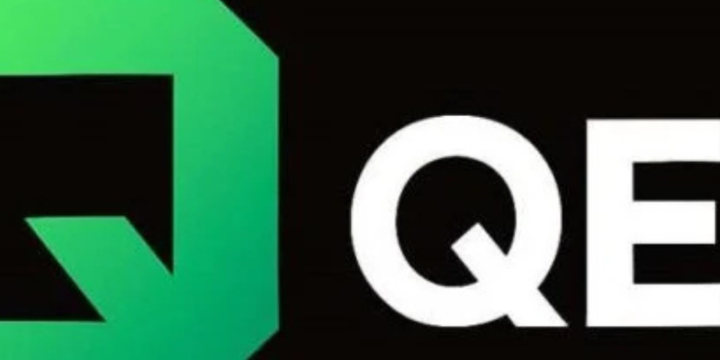The European Space Agency ESA has given the green light for the realization of the Dutch TANGO mission. TANGO is a satellite system that can identify and locate greenhouse gas emissions with unprecedented accuracy. TANGO builds on the globally recognized Dutch expertise in the field of climate monitoring from space and is expected to be launched from early 2027.
Climate camera in collaboration with ESA
Jasper van Loon, director of the NSO, has conducted negotiations with the other ESA member states over the past two years that led to the mission selection. “It is an important milestone that we set here in Paris yesterday. From 2027, Europe will have a super-accurate climate camera, which will be developed in the Netherlands."
The Netherlands is developing TANGO in collaboration with ESA within the Earth observation program. To make this possible, the Ministries of Economic Affairs (EZK) and Education, Culture and Science (OCW) have invested extra money in the program in 2022.
Harm van de Wetering, director of NSO, is pleased that the efforts to develop the mission within the ESA framework were successful and that mission development is now really starting: “With TANGO, the Netherlands can use the very best we have in-house at field of science and use miniaturized satellite technology through ESA to map and reduce greenhouse gas emissions. It is essential for the world, and therefore also for the Netherlands, that we contribute to the global climate challenge now and in the long term. That is why this topic also has a prominent place in the long-term space agenda.”
Verification of emissions
The mission consists of two small satellites, each the size of a large backpack, that fly behind each other. The first satellite measures nitrogen emissions and the second satellite measures the amount of greenhouse gases CO2 and methane. The combination of the two satellites provides unprecedented accuracy, allowing TANGO to measure emissions from individual sources.
TANGO is a unique addition to other satellites, such as its Dutch predecessor Tropomi, which measures methane, and the EU's future CO2 mission. These missions measure greenhouse gases on a large scale, Tango can, as it were, 'zoom in' and trace the sources.
With TANGO, governments, scientists and companies will soon be able to determine the emissions from, for example, power plants, oil and gas installations and garbage dumps and verify the stated emissions. Governments can thus check whether climate and environmental regulations are being complied with. On this basis, targeted measures can be taken to reduce emissions.
Dutch expertise
The TANGO satellites are a result of the expertise that the Netherlands has in the field of small satellite systems and optical technology. The technology builds on the technology that Tropomi uses to measure methane emissions. The mission is being developed by the Dutch parties ISISpace, TNO, SRON and the KNMI.





